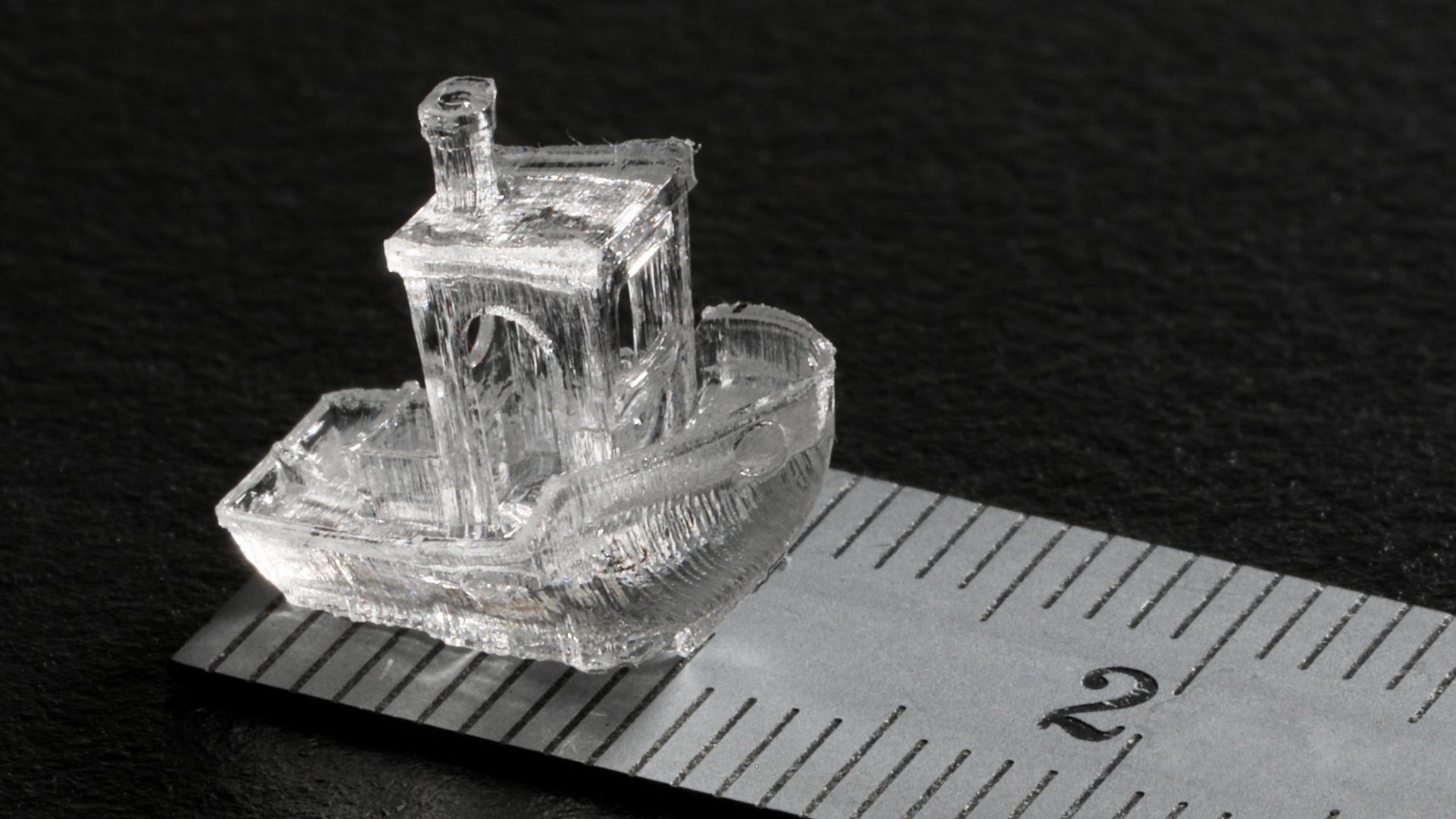
3D printer straight from sci-fi? New tech makes it possible
by Darren Allan3D printer straight from sci-fi? New tech makes it possible
Fresh spin on SLA offers very fast printing – and could produce human organs
(Image credit: EPFL)
A new 3D printing technique allows for the creation of small, finely detailed objects in under 30 seconds from start to finish.
EPFL’s Laboratory of Applied Photonics Devices has made the advance which is based on the principles of tomography (commonly used in medical imaging), and published the findings in the Nature Communications journal. A spin-off outfit, Readily3D, has already been formed to further develop and market the system.
- This is the world’s largest 3D-printed house
- Best Electronic Medical Record (EMR) software
- These are the best 3D printers of 2020
The process is a new spin on stereolithography (SLA), whereby instead of a single laser, multiple lasers coming from different directions simultaneously are used to form the item from liquid plastic (or a biological gel).
Paul Delrot, CTO of Readily3D explains: “The laser hardens the liquid through a process of polymerization. Depending on what we’re building, we use algorithms to calculate exactly where we need to aim the beams, from what angles, and at what dose.”
The end effect is that the object being printed appears to be produced out of thin air in a matter of seconds, like something out of a sci-fi show (Gizmodo, which spotted this development, likened it to Star Trek’s replicator).
Massive potential
At the moment, the system can be used to make tiny objects with very high levels of detail. It’s capable of printing objects of 2cm in size with a precision of 80 micrometers (that’s about the same thickness as a strand of hair, in case you were wondering).
In the future, it’s expected that bigger objects will be feasible as the team develops the capabilities of the system, with sizes up to around 15cm.
Potential applications for the printing process include interior design and medical use, including the possibility of producing the likes of mouthguards, or even human tissue and organs.
Damien Loterie, CEO of Readily3D, noted that they’ve already worked with a surgeon to make 3D-printed arteries, and that “trial results were extremely encouraging” by all accounts.
3D printing is already making major strides regarding the possibility of making human organs, with Chinese researchers developing a method using a fluid matrix.